Between June 26 and July 13, 2025, Cluj-Napoca hosted Praxis! Emergent Curators’ Days, a large-scale curatorial event initiated by art historian and curator Bogdan Iacob, organized by the University of Art and Design in Cluj-Napoca (through the university’s Department of Theoretical Disciplines) and supported by the Creative Department Association. Praxis! Emergent Curators’ Days took place in 10 art institutions/spaces in the city, providing a platform for promoting and experimenting for 12 young curators and 31 artists, whose curatorial and artistic practice revolved around exploring interdisciplinarity in contemporary art. The involvement of the Faculty of Theatre and Film of the Babeș-Bolyai University boosted the event through the participation of the 2025 graduates of the Digital Interactive Arts major. This presence highlights the fact that new generations of artists, trained in emerging fields at the intersection of art and technology, directly contribute to the nuancing of curatorial practices and the opening of the local cultural scene to complex new media projects.
In recent years, Cluj has increasingly established itself as a relevant center for curatorial training, a process directly supported by the existence of the Contemporary Curatorial Practices master’s program, run by the Department of Theoretical Disciplines at the University of Art and Design in Cluj-Napoca. The importance of this program is not only reflected at a theoretical or academic level, but also has a practical dimension, as demonstrated by the inaugural edition of Praxis!, where all exhibitions were curated by 12 graduates of the master’s program (classes of 2020–2025), under the coordination of general curator Bogdan Iacob. This involvement confirms both the quality of the training offered by the program and its essential role in consolidating Cluj as a benchmark for contemporary curatorial practice. Praxis! Emergent Curators’ Days is not intended to be a one-off event, but aims to establish itself as an annual event, designed to create continuity and visibility for the emerging curatorial scene. In the short term, it focuses on young Romanian curators, with plans to become an open platform for international curators in the coming years. Through this periodicity, the project gains the strength of a dedicated platform, offering young curators not only a space for artistic expression, but also a real opportunity for professional affirmation, consolidating their presence in the contemporary cultural circuit.
The first edition featured young curators Xenia Tinca, Adriana Bicăzan, Andreea Goța, Daria Corlățan, Andra Handaric, Gabriela Moldovan, Diana Molnos, Kassandra Catrinescu, Miruna Drăgușanu, Marga Baciu, Maria Rusu, and Matei Straia, who developed exhibition projects in collaboration with 31 artists in venues such as the UAD Casa Matei Gallery, the @Casa Hintz Center of Interest, the Relicvar Gallery, the Biju Gallery, MATCA artspace, the Cosmic House Gallery, the Meron Gallery, Camera, Vault One Gallery, and White Cuib.
Praxis! Emergent Curators’ Days took shape as an ambitious event both in terms of its scope (the scale of a festival) and its visual formula, with multiple locations, each with its own specific characteristics, which became in-situ starting points for the exhibition projects presented. Most of the exhibitions crystallized as well-structured curatorial endeavors, demonstrating versatility in combining visual media and in the formal and conceptual relationship of the works in space. A common denominator that I identified and found remarkable as a common thread between the projects is their ability to underpin the spaces in the context of the Praxis! event as a whole. For example, a gallery with a commercial stake such as Biju Gallery became an intimate reception space for an exhibition called “All is gone, and it all lingers” (artists: Oana Cervinschi and Ingrid Dan, curator Xenia Tinca), which was not necessarily commercial in nature, but which, through Oana Cervinschi’s paintings, could also cumulate this characteristic on a secondary level. There was no dissonance between the specificity of the space per se and the curatorial project on display; on the contrary, the latter enhanced a facet that the gallery can occasionally show to the public. I felt the same way about the project “art/if/acts. Praxis and Liminal Territories” developed at Meron Gallery and curated by Andra Handaric, which presented a complex tapestry of experimental artistic approaches that, predictably, one would visualize in a clinical kunsthalle-type space, but which were so well harmonized with each other and with the Meron space that I could not imagine them in any other location. The works of artists Olah Gyarfas, Taisia Corbuț, Irina Marinescu, Norbert Filep, Bandi David Daniel, Maria Brîneț, Radu Abraham, and Sorina Cotea constituted explorations in sculpture, graphics, installation, and object, oscillating between functional artifact and work of art, between function and affect, between gesture and narrative.
One of my favorite projects within Praxis! was “Low-Key Epiphany,” a duo show by Taisia Corbuț and Diana Popuț, curated by Miruna Drăgușanu at Relicvar and constructed in the form of a minimalist dialogue, which progressively becomes a silent, introspective revelation for the viewer. “Low-Key Epiphany” stood out as a coherent, spectacular, and subtle exhibition, revealing two artistic approaches that gravitate aesthetically and conceptually around the fragile, the perishable, and the complexity of the organic in three-dimensional works. Relicvar was an ideal venue for this project, being a space similar to a white cube, but with a “warmer” atmosphere.
Another well-structured interdisciplinary curatorial project was “A Song Used to Lull a Child to Sleep,” presented at MATCA artspace and created by SLPOVR Collective – formed by Daria Corlățan, Andreea Goța, and Maria Rusu – featuring the works of artists: Lucian Barbu, Lorena Buta, Vlad Cocieru, George Crîngașu, Cătălina Milea, and Katarzyna Wyszkowska. Starting from the symbolism of the lullaby – a gesture of care, but also of control – the exhibition investigates the space between wakefulness and sleep, where safety and tranquility are simultaneously promised and questioned. Sleep is approached not as a passive interruption of everyday life, but as an active terrain, where the body and mind negotiate their vulnerability, seeking refuge and at the same time formulating a silent resistance to oppressive reality. In a socio-cultural context dominated by accelerated productivity and invasive technology, the experience of sleep is becoming increasingly fragmented and precarious. Thus, the exhibition highlights the urgency of rethinking spaces of intimacy and protection as ways to counterbalance the dynamics of a hyperconnected and demanding world. “A Song Used to Lull a Child to Sleep” was staged as a spatial production in a well-known artist-run space in Cluj, encompassing several visual media: painting, video, drawing, installation, and object, and establishing itself as a positive example of display that illustrates the principle of less is more.
A spectacular new media project was “Our Digital Anthology” at the @Casa Hintz Center of Interest, curated by Gabriela Moldovan, which brought together the digital installations of students from the Digital Interactive Arts program within the Faculty of Theater and Film, Department of Cinema, Film, and Media: Geiger Eduard, Gabi Jilav, Gyori Matyas, Flaviu Coman, Ciprian Nechita, and Laura Seucan. One of the exhibition’s strengths was its dynamism, marked by the highly immersive nature of the installations on display. “Our Digital Anthology” proposed a framework for critical reflection on how technology shapes our relationship with our own bodies and with the multiple dimensions of the self. The exhibition proposed the body not only as a physical presence, but as a starting point for an authentic reconnection—lived, felt, and shared. In a context dominated by digital mediation and hyperconnectivity, the exhibition posed an essential question and at the same time challenged the audience: how can we use technology itself to find a deeper connection with ourselves and others?
The Cosmic House Gallery hosted two duo shows as part of Praxis!, which explored the relationship between presence and absence: “Out of Reach,” artists: Alexandra Mocan, Sașa Bandi – curator Maria Rusu, and “I Lived Less Than I Remember,” artists: Teodor Buruiană, David Farcaș – curator Marga Baciu. “Out of Reach” took shape as an experimental exhibition that included mixed media works, sculptures, and ready-made pieces displayed in the form of intense, dark installations, bringing together two coherent artistic approaches that complemented each other within the curatorial project. The exhibition questioned the way in which intimacy becomes fragile and deteriorates when connections are suspended and relationships become inaccessible. By resorting to an aesthetic of residues and emotional traces, the artists not only visualize absence, but transform it into a critical tool for reflection on vulnerable identities that are subject to oblivion. “I Lived Less Than I Remember” presented two contrasting artistic practices, which I did not perceive as complementary: Teodor Buruiană works with three-dimensional figurative pieces that compose light installations placed in a dramatic chiaroscuro atmosphere, while David Farcaș operates in the pictorial medium, creating refined compositions that gravitate more towards landscape and still life. However, the common denominator between the two approaches was their concern for textures, materiality, and the sensory. Conceptually, “I Lived Less Than I Remember” proposed a reflection on the fragility of memory and on how the visible and the invisible intertwine in the process of constituting identity and experience.
The Vault One Gallery hosted the exhibition “As Above, So Below” by artists Sergiu Ujvarosi and Mihai Ciplea, curated by Adriana Bicăzan. I perceived it as a “clean” project, intelligently displayed, with subtle formal associations and a challenge to perceive matter and the organic through serial interpretations. Sergiu Ujvarosi approaches materiality and form through an almost archaeological lens, collecting animal skulls, bones, and relics. His works consist of iron sculptures cast directly into molds in the ground, in which the imprints of animal matter guide the shaping of the raw material. Mihai Ciplea uses the intimate medium of dry pastel on paper, and through a repeated process of construction and deconstruction, the drawings dissolve their origin, inviting the viewer to actively participate in the reconstruction of the image’s meaning.
A very good exhibition was “When Breaths Break” at White Cuib, by artist Emilian Mocanu and curated by Diana Molnos. The space was designed as a unified, minimalist installation, and the curatorial concept gave an incisive and profound meaning to the versatile pieces created by the artist: “Between hope and disappointment, between the desire to be seen and the fear of not being understood, a tension arises that many artists are familiar with. In today’s art world, visibility has become an unwritten rule: if you are not present, you do not exist. But this presence comes at a price. It requires conformity, adaptation to a system that functions through selection, exclusion, and quick judgment. A work of art is often no longer encountered with patience, but evaluated by external criteria. What started as a need: to communicate, to express an experience, a restlessness, a search, can end up being reduced to a simple image. Sincerity no longer prevails and is no longer sufficient; it becomes a plan.” The exhibition thus proposes a reflection on the vulnerability of exposure and the fragility of the connection between appearance and essence, a vivid framework for questioning inevitable realities.
Another solo show exhibited in an artist-run space (Camera) was “Idiosyncratic Mnemosyne” by artist Mihai Nuțu, curated by Kassandra Catrinescu. The exhibition proposed a mapping of memory, in which collage becomes an instrument for reconfiguring the past. Inspired by Warburg’s concept of cultural memory, the works took the form of personal “altars,” in which history is not narrated, but intuitively combined, fragmented, and re-signified. The survival of images, in this context, was not determined by their historical veracity, but by their emotional intensity. Each collage was thus constituted as a mnemonic operation, in which the artist becomes the keeper of forgotten emotions and the architect of a meaning constructed from visual ruins. The project “The Symmetry of Impossible Mediation,” developed at the Casa Matei Gallery and curated by Matei Straia, featured the works of artists Teodor Graur and Andreea Grigoraș. Their approaches, materialized in new media techniques and displayed in the form of installations, reveal the body brought to the fore not only as a form, but as a bearer of time, trauma, technology, and affective language. It becomes a territory of negotiation: a meeting place between common biology and individual histories, between the visible and the invisible. Conceptually, the curatorial project problematized the mediation between generations, which is not achieved by resolving differences, but by accepting them as a starting point. It is not about harmony, but about cohabitation – about building a common space where differences can exist without being canceled out.
The first edition of Praxis! Emergent Curators’ Days, coordinated by general curator Bogdan Iacob, confirmed that the Cluj art scene remains a fertile space for experimentation and dialogue between generations, thus establishing the event as a laboratory for present and future curatorial practices. The aim of this project is ambitious and addresses systemic shortcomings by recognizing, consolidating, and capitalizing on the importance of the curator as a cultural operator, while also establishing professional standards in the educational process and beyond. Making exhibition spaces accessible to young curators through institutional collaborations is an essential step in supporting the training and affirmation of the new generation, creating the conditions for a truly dynamic art scene. Thus, events such as Praxis! provoke emulation and enthusiasm and connect professionals to evolve together in an ever-changing context.
Translated by Marina Oprea
POSTED BY
Ada Muntean
Ada is a Graduate of University of Art and Design in Cluj-Napoca and has a PhD in Visual Arts (2019), conceiving a research thesis entitled "The Human Body as Image and Instrument in Contemporary Art....
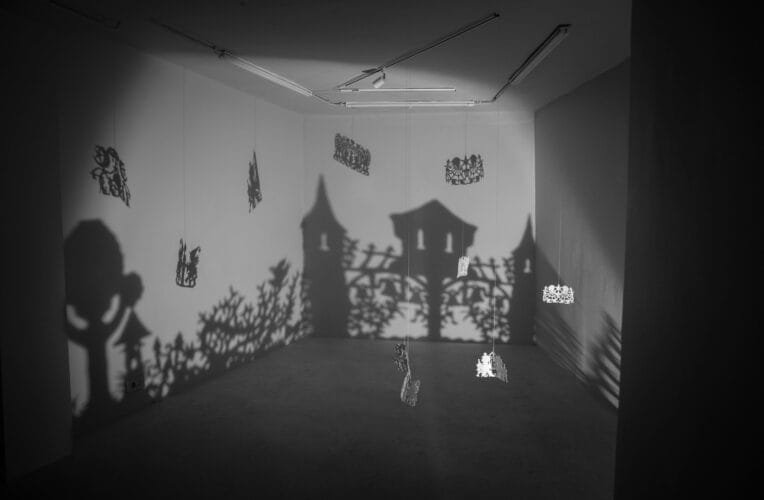
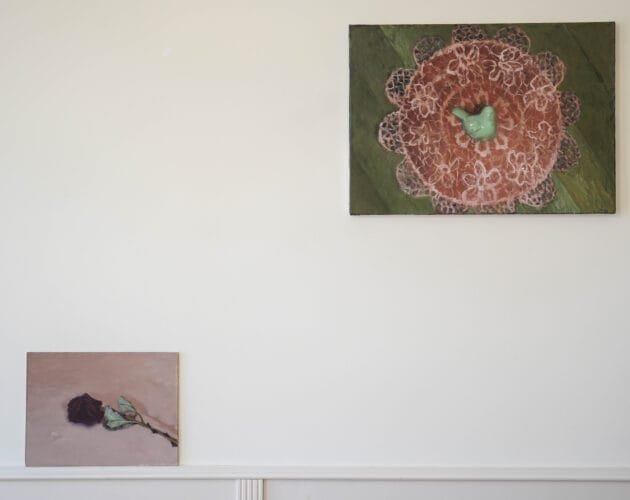
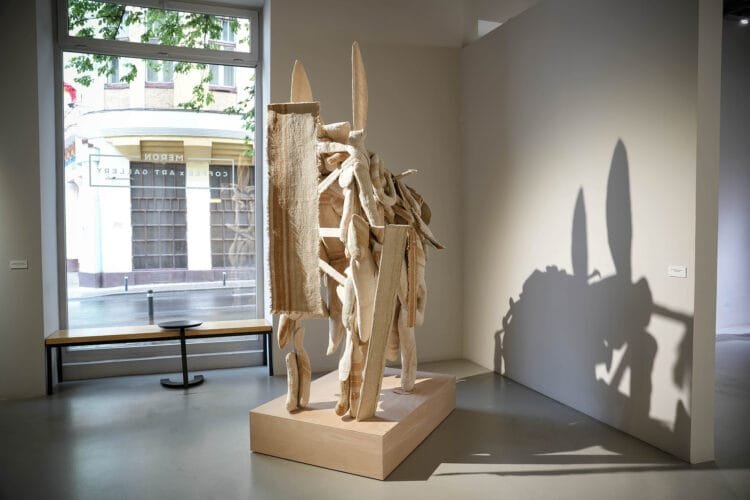
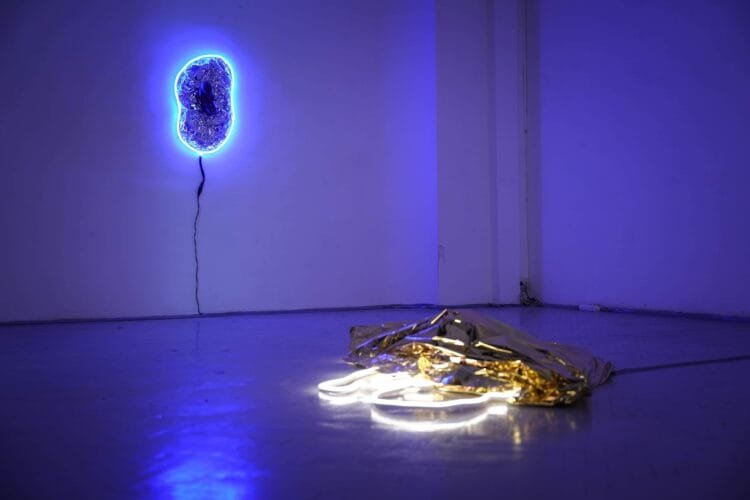
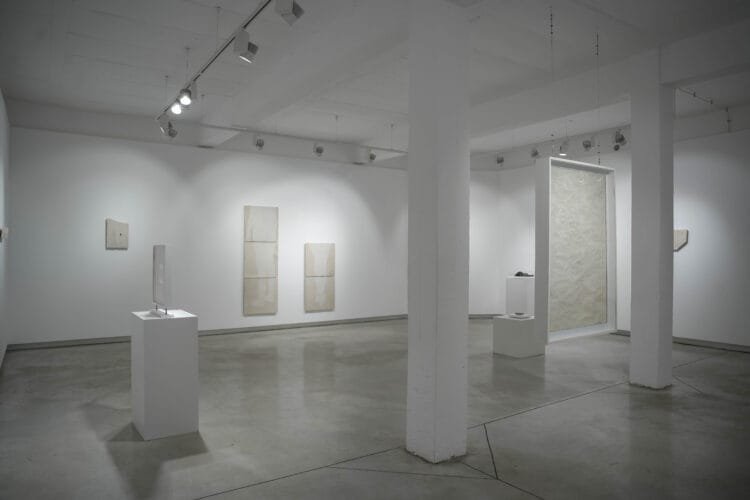

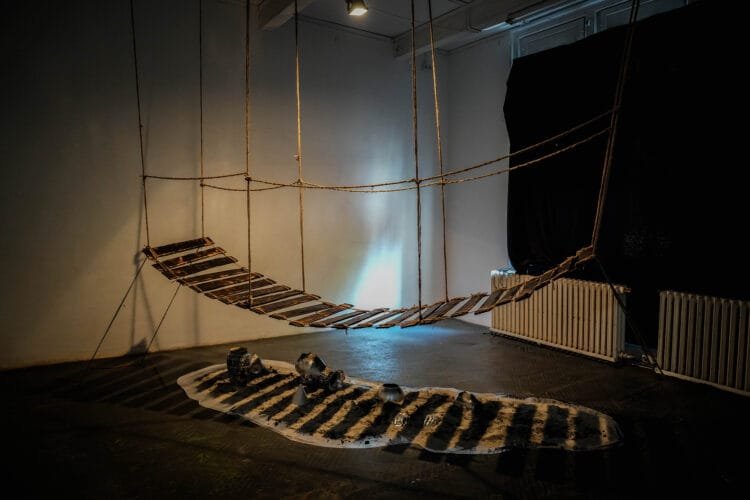
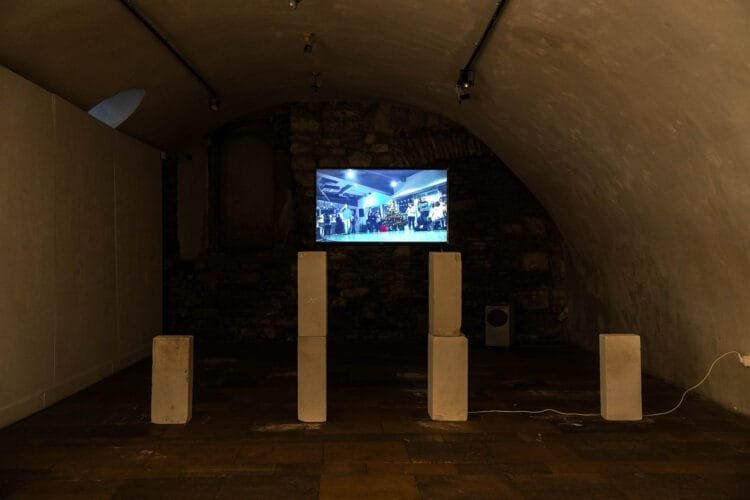

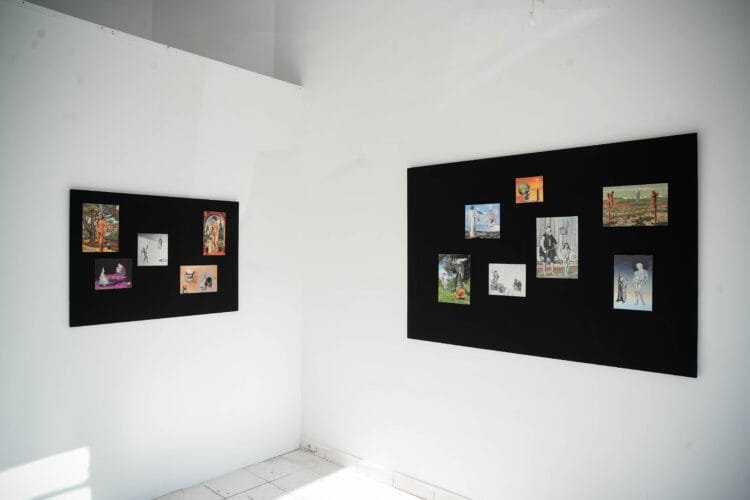

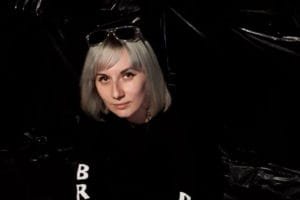
Comments are closed here.